Best Mulches for Vegetable Gardens
- January 11, 2024
- 0 comment
Creating a thriving vegetable garden requires thoughtful consideration of various factors, and one key element that significantly contributes to the overall health and productivity of your plants is the choice of mulch. Mulching, the practice of covering soil with a protective layer, plays a crucial role in vegetable gardening by offering a myriad of benefits. These include weed suppression, moisture retention, soil insulation, erosion prevention, and disease control. Understanding the distinct advantages and considerations associated with different mulch types is essential for gardeners seeking to optimize their harvests. From organic options like compost, grass clippings, and pine needles to inorganic choices such as gravel and landscape fabric, each mulch type comes with its unique set of attributes.
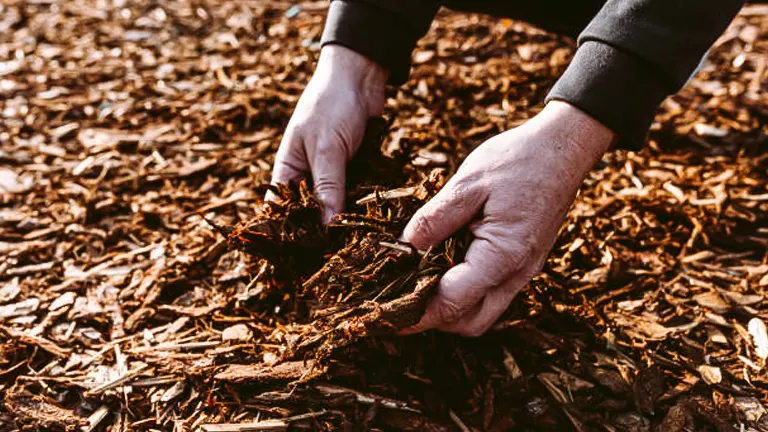
In this comprehensive guide, we delve into the characteristics of the best mulches for vegetable gardens, exploring their pros and cons, application techniques, and the specific needs they address. Whether you’re aiming for organic richness, long-lasting weed control, or aesthetic appeal, the right mulch can be a game-changer in nurturing a vibrant and bountiful vegetable garden.
List of Best Mulch for Vegetable Garden
What is Mulch?
Mulch, a fundamental component in gardening practices, serves as a protective blanket for soil, offering a multitude of benefits that enhance the overall health and vitality of plants. This invaluable layer, typically composed of various materials like wood chips, straw, or gravel, plays a pivotal role in maintaining a conducive environment for plant growth. Beyond its aesthetic appeal, mulch acts as a natural barrier, suppressing the growth of weeds and minimizing competition for essential resources such as water and nutrients. Furthermore, mulch serves as a moisture regulator, preventing soil from drying out during hot spells and reducing the risk of water-related issues like erosion and runoff.

In colder climates, it acts as an insulator, shielding plant roots from extreme temperatures and promoting early spring growth. Mulching also contributes to soil enrichment, as organic varieties decompose over time, releasing valuable nutrients and enhancing soil structure. This protective layer is not one-size-fits-all; rather, it offers a diverse range of options, each with its specific advantages and considerations. Gardeners can tailor their choice of mulch to address the unique needs of their plants, making it an indispensable tool in fostering a resilient and thriving garden ecosystem.
Two Types of Mulch
Organic Mulch:

Organic mulch is like a natural boost for your garden. It’s made from things that come from plants and animals, and over time, it breaks down and adds good stuff to the soil. Compost is a great example – it’s a mix of kitchen and yard scraps that turns into fantastic soil food. Wood chips and straw are also organic mulches that help control weeds and keep the soil moist. The cool part is, as these mulches break down, they make the soil better and create a cozy home for helpful bugs. So, if you want a healthy garden that’s kind to the environment, organic mulch is the way to go. Organic Mulch includes:
- Leaves
- Pine needles
- Compost
- Grass clippings
- Wood chips
- Straw
Inorganic Mulch:
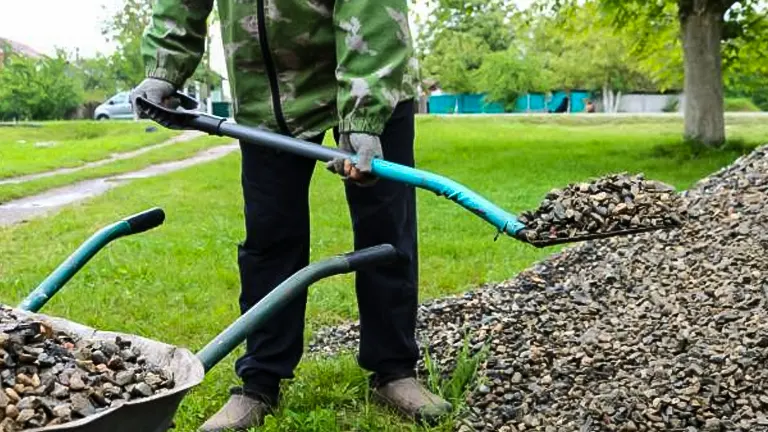
Inorganic mulch serves as a practical solution for low-maintenance landscaping. Comprised of materials such as landscape fabrics, gravel, stones, and black plastic, this type of mulch doesn’t break down over time. Its longevity makes it effective in suppressing weed growth and maintaining a tidy appearance in garden paths or around plants. While inorganic mulch doesn’t contribute nutrients to the soil like organic options, it excels in offering extended weed control and minimizing the need for frequent maintenance. Ideal for those seeking a clean and orderly garden without the natural decomposition process, inorganic mulch provides durability and efficiency in weed management, making it a popular choice for landscaping with minimal upkeep. Inorganic Mulch includes:
- Landscape fabrics
- Black plastic
- Gravel and stones
- Rubber
Best Mulches for Vegetable Gardens
1. Compost Mulch
Compost proves to be an excellent option for vegetable gardens, playing a key role in improving soil quality and insulating plant roots. This nutrient-packed mixture, carefully concocted from decomposing organic materials like kitchen scraps and grass clippings, works wonders in creating a garden filled with healthy and robust plants. Serving as a safe haven for beneficial bacteria and earthworms, compost actively promotes soil aeration and acts as a natural barrier against diseases.
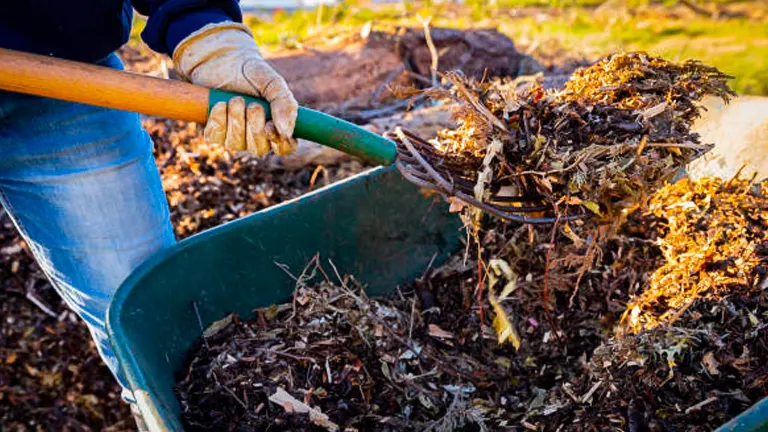
When venturing into composting, it’s essential to be mindful of the ingredients you include. Avoid incorporating items such as meat, bones, high-fat content foods, diseased plants, tough weeds, and animal waste. By excluding these elements during the composting process, you ensure a wholesome blend that contributes significantly to the overall well-being of your garden.
Layer depth: 2 to 3 inches
Pros:
- Excellent erosion resistance
- Ideal for organic, DIY gardening
- Rapid decomposition for increased soil nutrients
- Nutrient-rich
Cons:
- Not as effective at weed suppression as black plastic
- Requires a waiting period during decomposition
- Potential attraction for pests (raccoons, rats, ants, and earwigs)
Additional Tip: To provide an extra nutrient boost, till 1 to 3 inches of finished compost (humus) into the soil at the end of the growing season, serving as an excellent soil amendment for vigorous spring plant growth.
2. Grass Clippings
For environmentally conscious gardeners, grass clippings stand out as a fantastic and pocket-friendly choice. These clippings decompose rapidly, releasing vital nutrients into the soil and contributing to the overall health of your garden. To maximize their benefits, it’s crucial to ensure that the clippings are dry and free from herbicides, preserving their natural goodness.
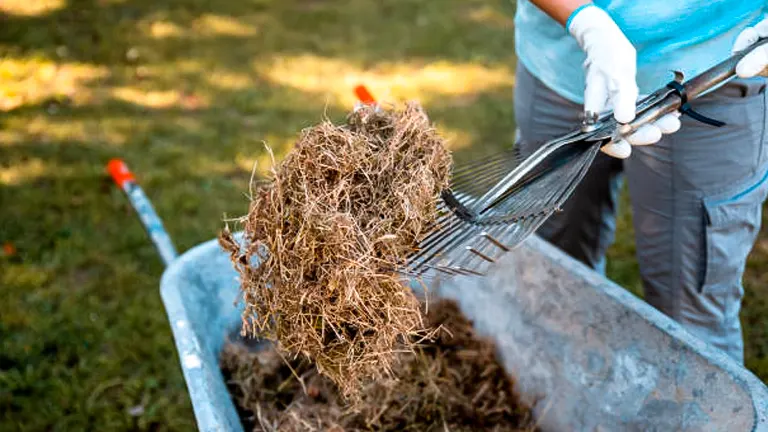
To take your garden’s well-being up a notch, consider incorporating these dry clippings into the soil at the end of the season. This additional step not only aids in boosting soil health but also provides a sustainable and cost-effective way to nourish your garden for seasons to come.
Layer depth: 2 to 3 inches
Pros:
- Eco-friendly: Recycles lawn nutrients
- Quick decomposition for nutrient-rich soil
- Can be mixed into the soil for enhanced structure at the season’s end
Cons:
- May contain herbicides or weed seeds
- Potential for disease spread
- Might look messy if not managed
- Unpleasant odor if not aerated
Additional Tip: Mix grass clippings with other organic materials in a compost pile to create nutrient-dense compost for future use.
3. Straw
Straw emerges as a cost-effective winter mulch option, showcasing its prowess in efficiently insulating the soil and preventing compaction. Its economic advantage makes it a popular choice among gardeners seeking practical solutions for the colder months. Beyond its insulation capabilities, straw excels in retaining moisture, creating a favorable environment for plants to withstand winter’s harsh conditions.
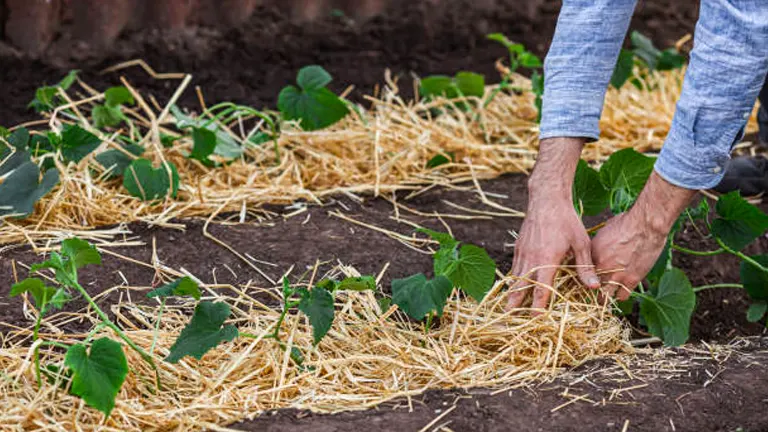
However, when using straw as mulch, careful application is key to harness its benefits effectively. To prevent issues like blowing away and attracting rodents, ensure a well-thought-out and even distribution of the straw across your garden beds. This strategic approach not only maximizes the advantages of straw mulching but also ensures a seamless and trouble-free gardening experience.
Layer depth: 3 to 4 inches
Pros:
- Keeps soil moist
- Reduces the need for aeration
- Cost-effective solution
Cons:
- Easily blows away
- May attract rodents
- Offers fewer soil nutrients compared to compost
- Fire hazard
Additional Tip: Apply straw in thicker layers around perennial plants to provide extra protection during winter months.
4. Gravel and Pebbles
Gravel and pebbles emerge as sturdy and low-maintenance choices for garden pathways, excelling at effectively suppressing weed growth. These options not only provide excellent drainage but also add a touch of resilience to your garden design. To enhance the visual appeal, consider incorporating various sizes and colors, allowing you to create a pathway that seamlessly integrates with your garden’s aesthetic.
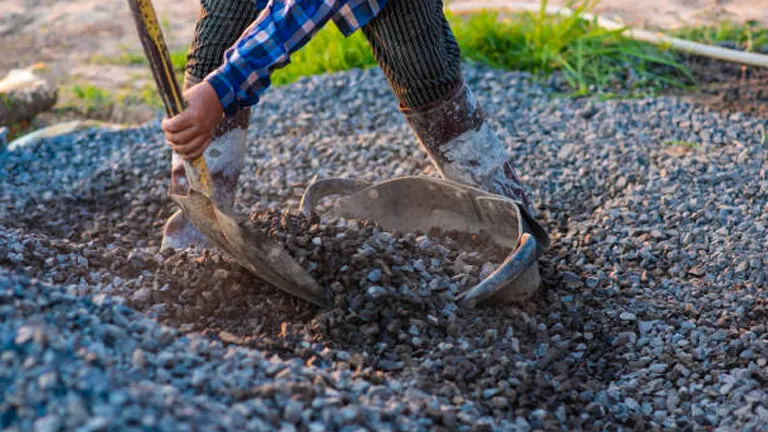
While gravel and pebbles offer remarkable drainage benefits, it’s essential to be mindful of their heat retention, especially in warmer climates. This characteristic can influence plant growth and health, making it crucial to choose these materials thoughtfully. By balancing the practical aspects with creative choices in size and color, you can achieve a garden pathway that not only serves its functional purpose but also adds an aesthetically pleasing element to your outdoor space.
Layer Depth: 2 to 3 inches
Pros:
- Durability: Virtually indestructible
- Effective weed suppression
- Excellent drainage
- Low maintenance
- Aesthetic variety
Cons:
- Retains heat
- Uncomfortable for walking, especially barefoot
- Initial cost
- Reduced habitat for beneficial insects
Additional Tip: Use a weed barrier fabric underneath gravel to further reduce weed growth and make maintenance even easier.
5. Cocoa Hulls
Cocoa bean hulls not only bring a delightful chocolate aroma to your vegetable garden but also add an elegant touch. Their practical side shines through in effective weed suppression, offering a solution for gardeners seeking a neat and tidy outdoor space. The pleasant aroma enhances the overall sensory experience, making your garden a delightful retreat.
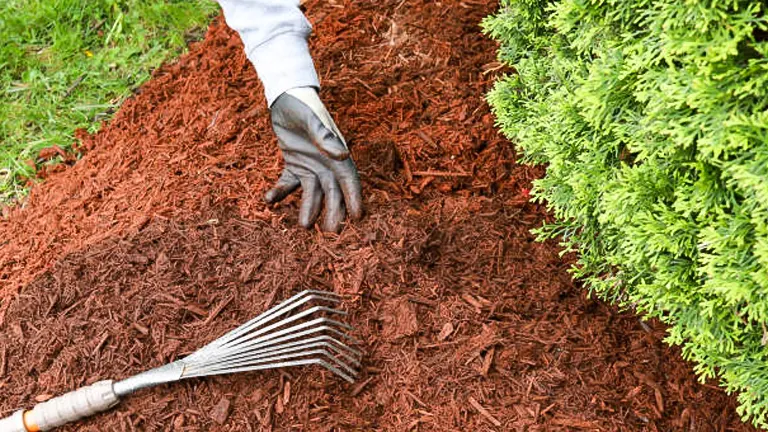
However, it’s essential to consider a few factors before opting for cocoa bean hulls. While they do an excellent job at keeping weeds at bay, the expense might be a consideration for budget-conscious gardeners. Additionally, these hulls contain theobromine, which can be toxic to pets. If you have furry friends sharing your garden space, it’s wise to explore alternative mulching options to ensure the safety of your beloved pets.
Layer depth: 1 inch
Pros:
- Lightweight and easy to apply
- Strong weed suppression
- High visual appeal
- Long-lasting
- Excellent compaction resistance
Cons:
- Expensive
- Toxic to pets if consumed
- Prone to surface mold
- Damp cocoa hulls attract pests
- Unavailable in certain regions
Additional Tip: Prioritize cocoa hulls in areas where pets don’t have access, or opt for alternatives like buckwheat or cottonseed hulls.
6. Leaves
Partially decomposed fall leaves, also known as leaf mold, present an affordable and accessible solution for weed control while simultaneously enhancing soil structure. This natural mulching option allows gardeners to make the most of autumn’s abundance, creating a resourceful layer that suppresses weed growth and contributes to the overall health of the soil.
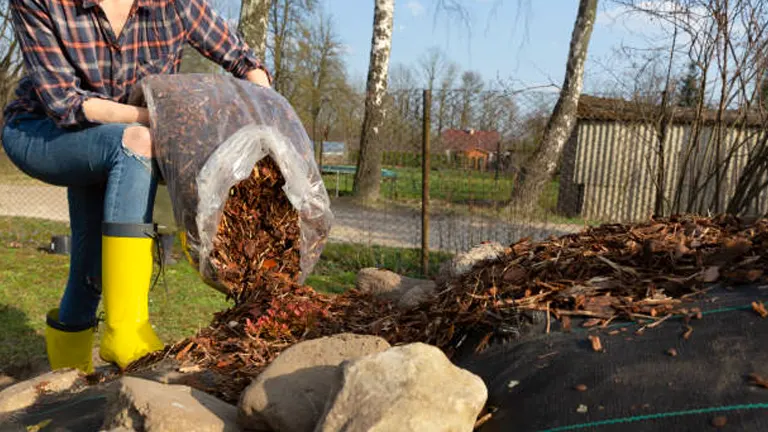
However, it’s crucial to exercise caution when selecting leaves for mulching. Avoid using leaves from black walnut trees, as they contain juglone, which can be harmful to specific vegetables. This mindful approach ensures that your choice of mulch aligns with the well-being of your garden, striking a balance between cost-effectiveness and plant safety.
Layer depth: 2 to 3 inches
Pros:
- Inexpensive or free
- Decompose quickly for improved soil quality
- Certain leaves (oak and beech) are great for acid-loving veggies
Cons:
- Dry leaves blow away
- Wet leaves can form a stinky mat
- Dry leaves can be a fire hazard
- Finely shredded leaves prevent water infiltration
Additional Tip: Shred leaves before applying to accelerate decomposition and enhance their integration into the soil.
7. Pine Needles
Pine needles, commonly known as pine straw, stand out as an aesthetically pleasing choice for gardens, particularly for acid-loving vegetables such as celery, cauliflowers, carrots, tomatoes, and potatoes. With their interlocking nature, pine needles remain in place even on windy days, offering both visual appeal and functionality. Their extended lifespan, ranging from 2 to 4 years, ensures a durable mulching solution that adds charm to your garden.
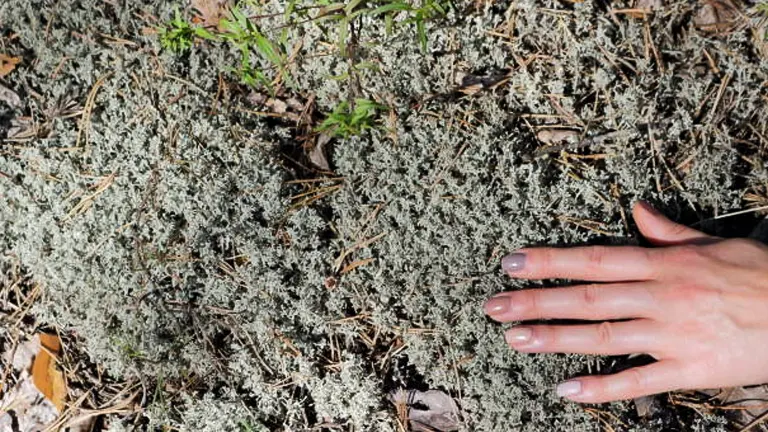
However, it’s important to exercise caution when applying pine needles, especially around plants that prefer alkaline soil. While ideal for acid-loving vegetables, the acidic nature of pine needles may not be suitable for plants with different soil preferences. Therefore, thoughtful consideration of your garden’s diverse needs ensures that the aesthetic benefits of pine needles are complemented by a strategic approach to plant health.
Layer depth: 3 to 4 inches
Pros:
- Long lifespan (2-4 years)
- Visually appealing
- Inexpensive or free
- Releases a pleasant aroma as they age
Cons:
- Can be a fire hazard
- Won’t form a water-resistant mat
- Not ideal for plants preferring alkaline soil
Additional Tip: Use pine needles around blueberries and strawberries for an aesthetically pleasing and functional mulch.
8. Newspaper
Layering newspaper strategically becomes a straightforward and wallet-friendly way to keep weeds in check in your garden. Despite not winning any beauty contests, it’s a practical and budget-friendly choice for gardeners aiming to tackle weed growth without breaking the bank.
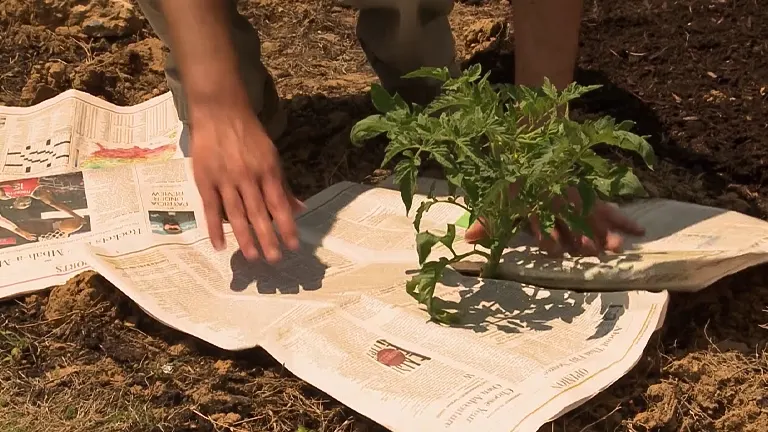
As the newspaper naturally decomposes over time, it not only helps in suppressing weeds but also contributes to the overall well-being of your garden. So, while it might not add glamour, newspaper mulching is a straightforward and eco-friendly approach to maintaining a healthy and tidy garden space.
Layer depth: 3 to 6 sheets
Pros:
- Widely available
- Strong weed suppression
- Biodegradable
- Inexpensive or free
Cons:
- Can attract rodents
- Visually unappealing
- Can prevent soil-air nutrient exchange
- Poor resistance to compaction
- Robs soil surface of nitrogen
Additional Tip: Layer newspaper with a thicker organic mulch to improve aesthetics and further enhance weed suppression.
Benefits of Mulch in Vegetable Gardens
- Weed Suppression: One of the primary advantages of using mulch in vegetable gardens is its ability to suppress weed growth. A well-applied layer of mulch acts as a natural barrier, preventing weeds from taking root and competing with vegetables for essential resources like water and nutrients. This not only reduces the tedious task of weeding but also ensures that your vegetables have optimal conditions for growth.
- Moisture Regulation: Mulch serves as a moisture regulator, playing a crucial role in preventing soil from drying out during hot spells. By creating a protective layer over the soil, mulch minimizes water evaporation, reducing the risk of issues like blossom-end rot in tomatoes. This consistent moisture level is particularly beneficial during dry periods, providing a buffer against drought-induced problems.
- Soil Insulation: In colder climates, mulch acts as an insulator, protecting plant roots from extreme temperatures and promoting early spring growth. Dark-colored mulches absorb and retain heat, warming up the soil, while light-colored mulches help keep the soil cool. This insulation effect ensures that your vegetable plants are less susceptible to stress during temperature fluctuations.
- Erosion and Runoff Prevention: Mulch plays a crucial role in reducing erosion and runoff, especially in areas prone to heavy rainfall. A protective layer of mulch prevents soil from being washed away during downpours, maintaining the integrity of your garden beds. This not only safeguards the soil structure but also prevents the loss of valuable topsoil, essential for sustained plant health.
- Disease Reduction: Mulch acts as a barrier, reducing the spread of soil-borne diseases. Soil splash, a common cause of diseases in plants like cucumbers, tomatoes, and squash, is minimized when a layer of mulch is in place. This preventive measure contributes to overall plant health by limiting the contact between the soil and susceptible plant parts.
- Enhanced Soil Quality: Organic mulches, as they decompose over time, contribute valuable nutrients to the soil. This natural enrichment enhances soil quality and structure, providing an ideal environment for root development and overall plant growth. The continuous breakdown of organic materials by microorganisms creates a fertile soil ecosystem that supports a thriving vegetable garden.
In a nutshell, using mulch in vegetable gardens comes with loads of perks. It helps with things like keeping pesky weeds at bay, regulating moisture levels, providing insulation, and even reducing the risk of diseases. Knowing how to make the most of these benefits can make a big difference in the success and long-term health of your vegetable garden.
Mulches to Avoid in Vegetable Gardens
- Wood Mulches: While wood mulches like shredded pine bark, wood chip mulch, or sawdust are commonly used, they come with a caveat. As they decompose, wood ties up nitrogen at the soil surface, leading to potential nitrogen deficiencies for small vegetable plants. This deficiency manifests as yellowing leaves and slow growth. To counter this, gardeners can either treat the soil with fertilizer before mulching or opt for alternative mulches that do not pose nitrogen-related challenges.
- Whole (Unshredded) Leaves: Dry, shredded leaves are excellent for vegetable gardens, but using whole leaves poses challenges. Whole leaves tend to form a dense mat over the soil, trapping too much moisture and restricting root oxygenation. This can lead to issues like root rot and fungal diseases. It’s advisable to stick to shredded leaves for effective mulching without compromising soil health.
- Hay (Except Weed-Free Salt Hay): Hay, unlike straw, contains a multitude of weed and grain seeds, making it less suitable for mulching in vegetable gardens. These seeds can germinate and introduce unwanted plants, creating additional work for the gardener. However, weed-free salt hay can be an exception, offering the benefits of mulch without the risk of introducing unwanted vegetation.
- Clear Plastic Mulch: While plastic mulch can heat up the soil, it falls short in preventing weed growth effectively. In vegetable gardens, where weed suppression is crucial, clear plastic mulch doesn’t offer significant advantages. Gardeners are better off opting for mulches that address both weed control and other soil health considerations for a more comprehensive solution.
Understanding the potential drawbacks of these mulches allows gardeners to make informed choices and select alternatives that align with the specific needs of their vegetable gardens. By avoiding these problematic mulches, gardeners can promote a healthier and more productive growing environment for their crops.
Conclusion
In summary, choosing the best mulch for your vegetable garden is vital for a flourishing and resilient plant environment. Whether it’s nutrient-rich compost, practical grass clippings, or other options, each mulch type has unique benefits. By understanding these properties, you can make informed decisions that promote weed control, moisture regulation, and overall plant health. From organic choices like leaves to inorganic alternatives like gravel, finding the right balance enhances both aesthetics and sustainability. With proper mulching, you’re investing in the visual appeal and long-term prosperity of your vegetable garden.
FAQs
- What is the best mulch for vegetable gardens?
The best mulch depends on your specific needs, but compost is a versatile choice, providing nutrients and improving soil structure. - How deep should I apply compost as mulch in my vegetable garden?
A layer depth of 2 to 3 inches is generally recommended for compost mulch to effectively enrich the soil and provide insulation. - Are grass clippings a good mulch for vegetable gardens?
Yes, dry grass clippings make an excellent, budget-friendly mulch that decomposes quickly and adds valuable nutrients to the soil. - Can I use gravel and pebbles as mulch in my vegetable garden?
While not suitable directly on beds, gravel and pebbles work well for garden pathways, providing durability, weed suppression, and aesthetic appeal. - Is straw a good mulching option for vegetable gardens?
Yes, straw is an economical winter mulch that excels at insulating the soil, preventing compaction, and offering moisture retention. - Are pine needles a suitable mulch for vegetable gardens?
Yes, pine needles, or pine straw, are ideal for acid-loving plants and provide a visually appealing, long-lasting mulching option. - What are the benefits of using cocoa hulls as mulch in vegetable gardens?
Cocoa hulls offer effective weed suppression and add a delightful chocolate aroma, but they should be used with caution due to potential toxicity to pets. - Can newspaper be used as mulch in vegetable gardens?
Yes, strategically layered newspaper serves as a biodegradable weed suppressor, though it may not be visually appealing.
In closing, finding the right mulch for your vegetable garden involves considering factors like soil health, climate, and plant preferences. Whether you choose nutrient-rich compost, practical grass clippings, or visually appealing gravel, each option plays a unique role in supporting your garden. By understanding the properties of different mulches and aligning them with your goals, you can create a resilient and visually pleasing vegetable garden. Happy gardening!

Benjamin Brooks
Forestry AuthorGreetings! I'm Benjamin Brooks, and my journey over the past 15 years has revolved around the fascinating realms of content creation, expertise in snow clearing, and the intricate world of lumberjacking and landscaping. What began as a simple curiosity about the natural world and heavy machinery has evolved into a passionate profession where my love for crafting words intertwines seamlessly with my lumberjacking and garden skills.



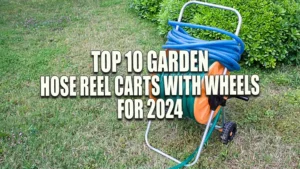



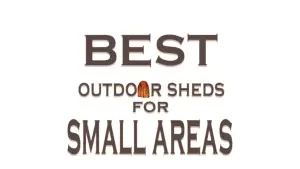




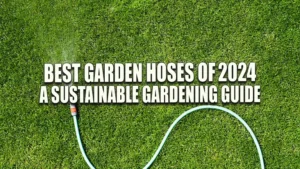
Leave your comment